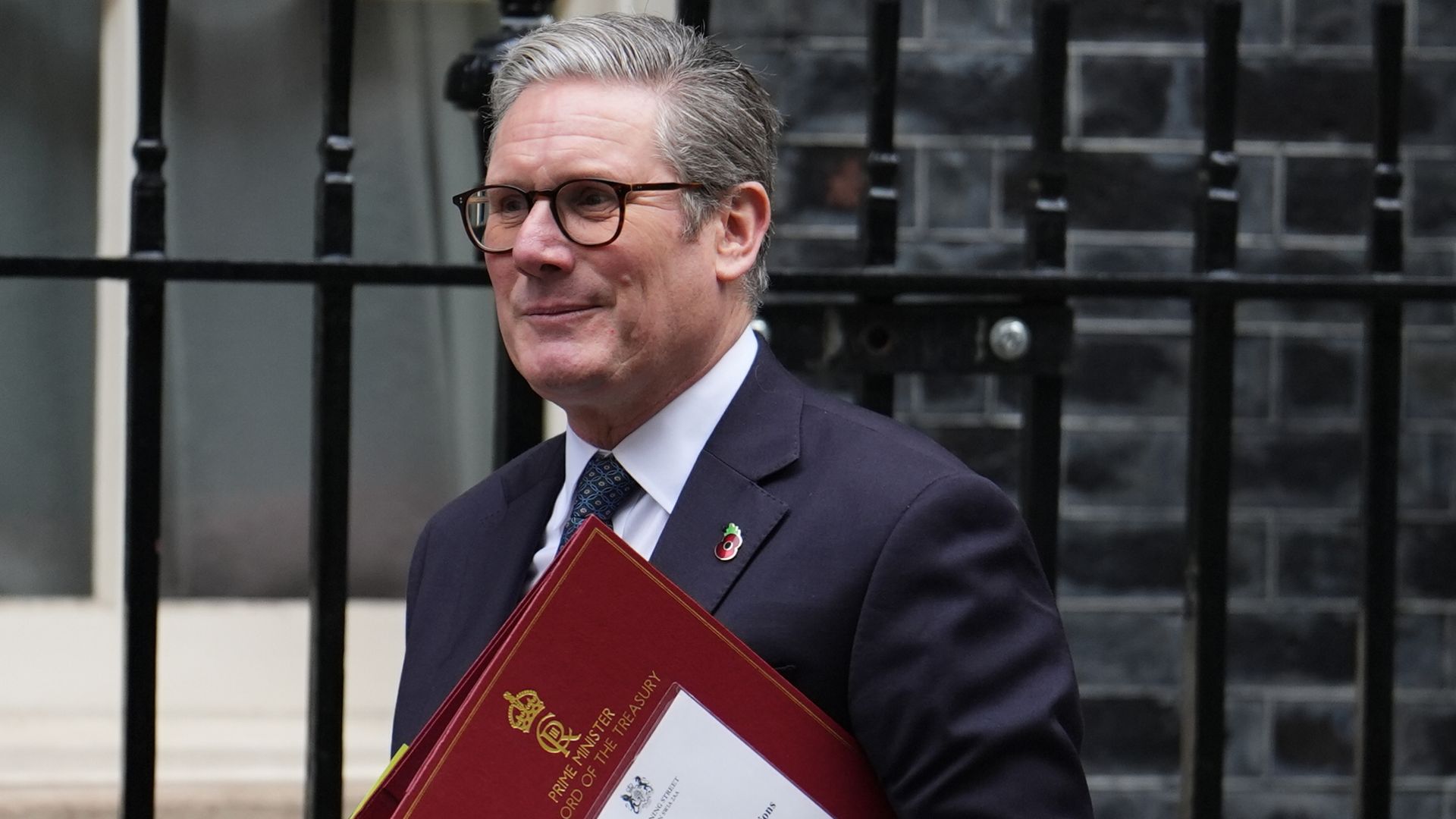
Photographing birds is easy. Photographing birds well is hard. There’s a right way and a wrong way to do everything, and I seem to choose the wrong way every time. Let me get a few things off my chest.
A lot more people are photographing birds these days. Wildlife photography was once the domain of professionals with expensive gear, hoping for that iconic National Geographic photo.
Fortunately, photography has become accessible and affordable for nearly everyone in recent years. Modern cameras have more computing power than the first moon landing. Even smartphones can take excellent pictures.
You can find tons of advice out there on how to take better bird photos, most of it contradictory or just plain useless. It’s aimed at hobbyists who would gleefully spend $3,000 on a new camera, and as much again on a new lens. Some high-end cameras are so precise, they can auto-focus on the eyeball of a moving bird.
Anyone who can afford that stuff doesn’t need any advice from me — especially since I’m not qualified to give it. I’m still mostly a point-and-shoot kind of guy. Of course, that doesn’t stop me from giving advice anyway. Maybe you can learn from my mistakes.
No matter how good your camera is, it will screw up, and it won’t be your fault. Here are three common camera screw-ups.
I haven’t found a camera yet that can figure out how to shoot a treetop bird against an overcast sky. The camera adjusts its settings to the glare of the background, not the darkness of the subject, leaving the bird a mere silhouette. You can switch to manual mode and adjust the settings to illuminate the bird in better detail, but then the sky will be an overexposed white mess.
Conversely, when shooting white birds against a dark background, the camera again sets the proper exposure for the background, not the bird. Nearly every gull or egret I’ve ever shot was overexposed, appearing as white blobs. Even Photoshop can’t rescue details. I should know better by now, but I always forget.
Most cameras can auto-focus on a bird in the open. Few will find a bird in the branches. Even the smartest camera doesn’t understand what you’re aiming at. If the subject is behind a bit of foliage, or there is a bigger target that grabs the camera’s attention (such as the tree trunk), that’s where it will focus. Switching to manual focus is advisable, but that’s cumbersome and slow on most cameras. By then, the bird is gone.
The truth is, the modern camera is designed to be quicker and smarter than I am. Yet I’m constantly trying to fool it, so it will do what I want, losing anyway.
Everything is a tradeoff. There is no “right” way to shoot anything. For instance, experts advise that you need a steady hand to get a clearer shot. They will also tell you that shooting a tiny warbler at a distance requires a bigger lens. The heavier the lens, the harder it is to hold steady. Eventually you need a tripod to steady the camera, but then it’s nearly impossible to follow a fidgety warbler through the foliage. You can’t win.
I confess, I can’t always blame my camera gear. Anyone can take better photos with a modern camera, if they understand the three basics — aperture, shutter speed and ISO. By adjusting these three parameters, you have all the tools you need to get great photos. Alas, I have not fully mastered the art.
I zoom too close too often. Not only does zooming magnify any camera shakiness, blurring the image, it also makes it harder to crop the photo into a better composition.
Speaking of composition: I frequently center the birds in my photos, trying to get good close-up shots. Nice, but boring. It’s a better photo if you show the bird within its habitat, actually doing something.
There is a principle called “The Rule of Thirds.” Look it up. By placing the bird one-third of the way from either edge of the frame, it’s often a more interesting composition. I really need to try doing that.
My last tidbit: dumb luck beats skill. Don’t shoot one photo; shoot a hundred. Many cameras can take multiple shots while the shutter remains depressed. You’re bound to get lucky on one of them. Delete the rest.
I don’t know if I’ll ever become a better bird photographer. I shutter to think about it.










